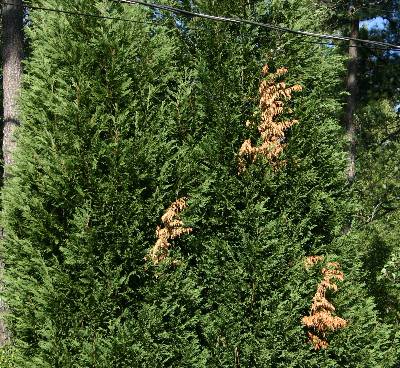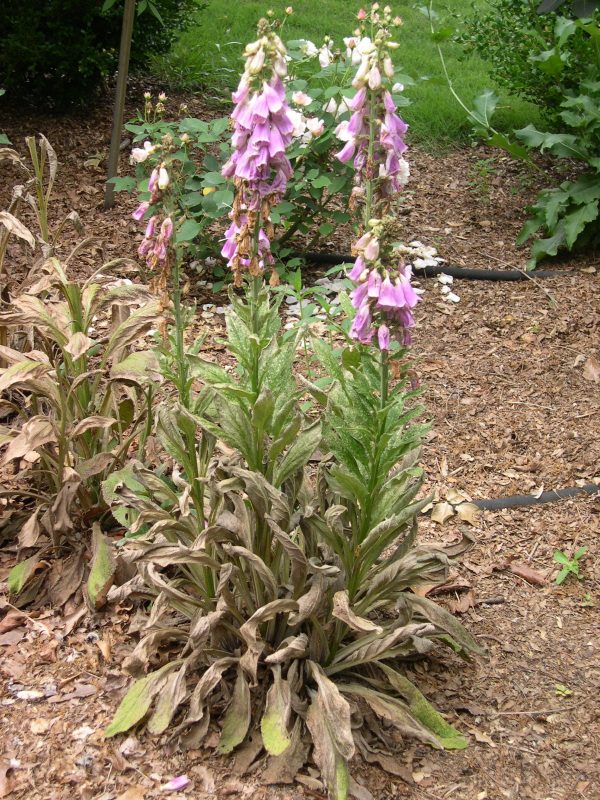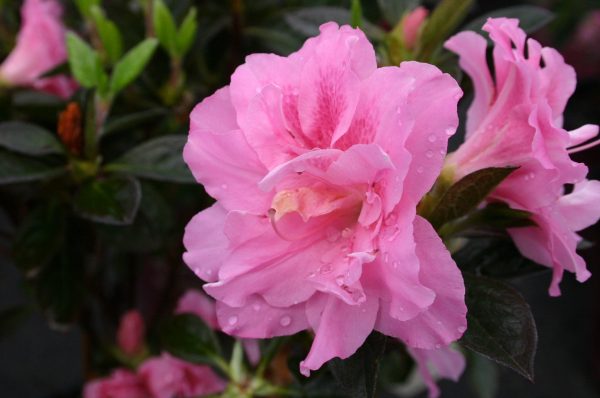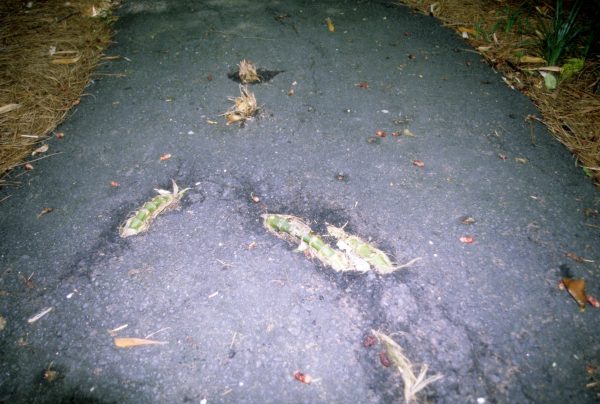Leafcutter Bee – In Branch; Info on orchard, mason and resin bees: Bee houses
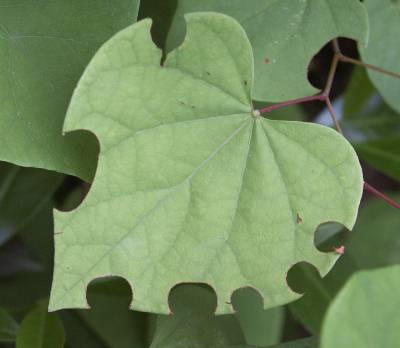
Q: I’ve never seen anything like this. A small branch, about as thick as a man’s finger, fell from our mature oak tree. When my husband went to pick it up, he saw a small pile of sawdust at the end of the branch. He’s the curious type, so he peeled the bark on the dead branch away and found that it had been bored out to about the size of a pencil.
Inside this cavity was a fresh, green leaf that was so tightly wrapped that it resembled a small cigar. I knocked this leaf wrap (about 3 inches long) out, and at the end of it was a chamber that had been closed by a small piece of leaf.
Inside the chamber was something odd…I don’t know what because when I pinched it slightly, there was an ooze of dark, amber-colored liquid. Obviously I squished something, but I don’t know what. Do you have any idea of what this was?
A: You saw the egg chamber of a leaf cutter bee. These harmless bees cut precise semi-circles of tissue from rose, redbud and other woody plant leaves. They use the disks of leaf to line hollow tubes that the female excavates in rotten wood or the soft pith of a shrub branch. They do not damage healthy branches or bore into fresh wood (unlike carpenter bees).
Once the tube is constructed, an egg is laid at the end and is provisioned with nectar and pollen. Several may be positioned inside the length of a leafy tube. The liquid you squished between your fingers was in one of those chambers.
Look for the characteristic patterns on landscape leaves and try to find a bee at work. The damage they do is minimal, so my recommendation is that you simply enjoy this interesting inhabitant of Nature.
Farmers and gardeners in Georgia appreciate the pollinating skills of several species of solitary bee. The orchard mason bee, the leafcutter bee and the blueberry bee now help us get locally produced fruit. Farmers even build houses for their solitary bees.
Leafcutter bees do not bore into wood like the much larger carpenter bee.
MORE INFORMATION
Identification_and housing for Cavity-Nesting_Bees_CJ_Reilly

leafcutter bee handiwork
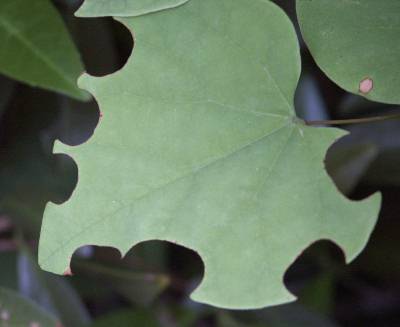
leafcutter bees were here
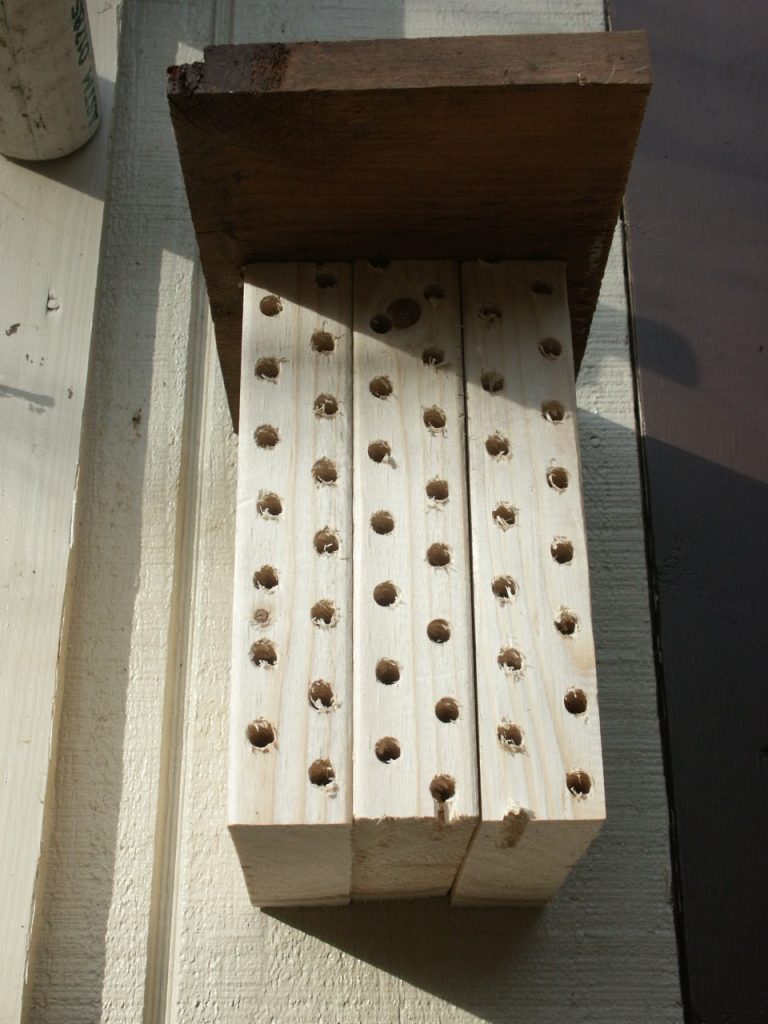
mason bee house
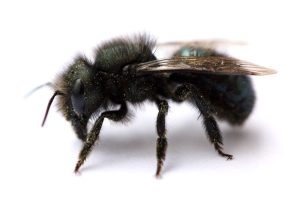
mason bee



